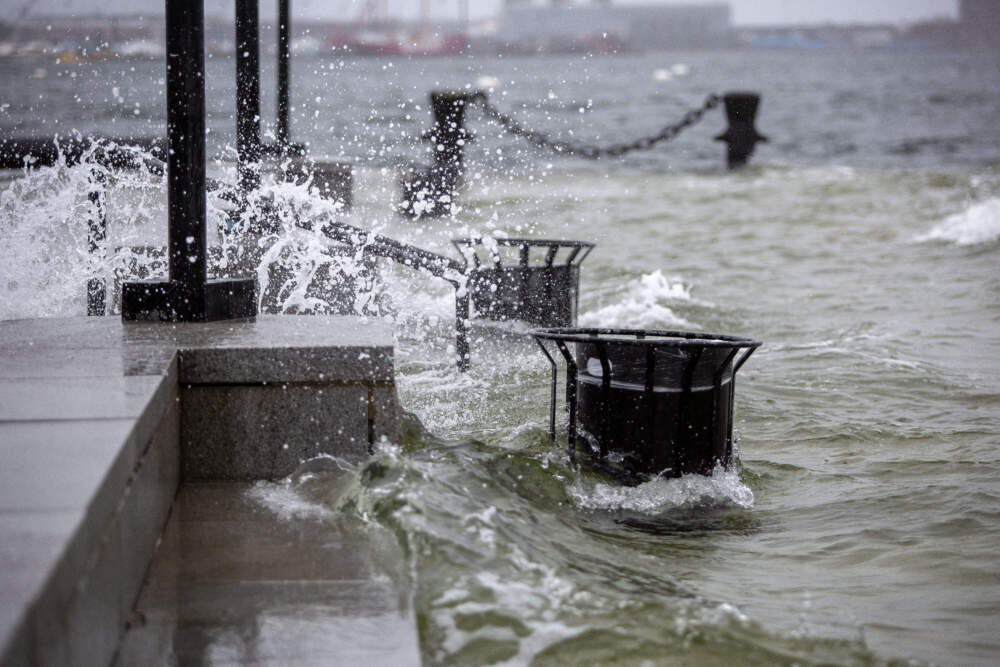Advertisement
Where's the winter wonderland? Deciphering Boston's snowfall deficit

For residents of New England, winter typically paints a picture of snow-covered landscapes, bustling snow removal companies, and the cozy allure of hot cocoa by the fireplace. But the winter of 2023-2024 has presented a different scene, with many experiencing a noticeable lack of snowfall.
Boston's snowfall deficit
The last day of February marks the end of meteorological winter (defined climatologically as December, January and February) and Boston has received 9.7 inches of snow for the entire winter season, falling short of its average winter snowfall of 32.9 inches. This translates to a significant deficit, making it the sixth-least snowy winter on record. The last time the city experienced such a low snowfall was during the winter of 1972-1973, which received only 9.4 inches.
February, typically the snowiest month in Boston, has seen practically no snowfall — a mere half an inch. Several factors have contributed to the Northeast's lack of snowfall this winter.
A persistent high-pressure ridge: A stubborn area of high pressure has been parked over the East Coast, acting like a shield, deflecting cold air masses and storm systems northward. This has kept the region uncharacteristically warm, with many cities experiencing record-breaking
temperatures for December and January.
El Nino's influence: Typically, the northeastern United States experiences warmer and wetter winters compared to average. This is because the shifted jet stream, influenced by the warmer Pacific Ocean, tends to steer storms further north, bringing less snow and colder air to the region.
Climate change's looming shadow: While not the sole contributing factor, the warming trend associated with climate change is likely playing a role in the observed decline in winter snowfall across the region. Studies suggest that as global temperatures rise, snowfall is expected to decrease, with more precipitation falling as rain instead of snow.
March's snowfall potential
While February has been a near no-show for snow in Boston, March still holds some possibilities. Historically, March has seen its fair share of significant snowfall events for the city, offering a glimmer of hope for winter enthusiasts. The "Storm of the Century" dumped a record breaking 12.8" of snow on Boston in 1993, with snowfall totals measuring in feet from interior New England down to the southeast US. The March 14 blizzard of 2017 brought 6.6" of snow to the city along with widespread outages and travel disruptions.
The current lack of snowfall in the Northeast is a reminder of the complex interplay between various weather patterns and the evolving climate. While March may offer a chance for some snow accumulation, the overall season will likely be remembered as one of the least snowiest winters on record.